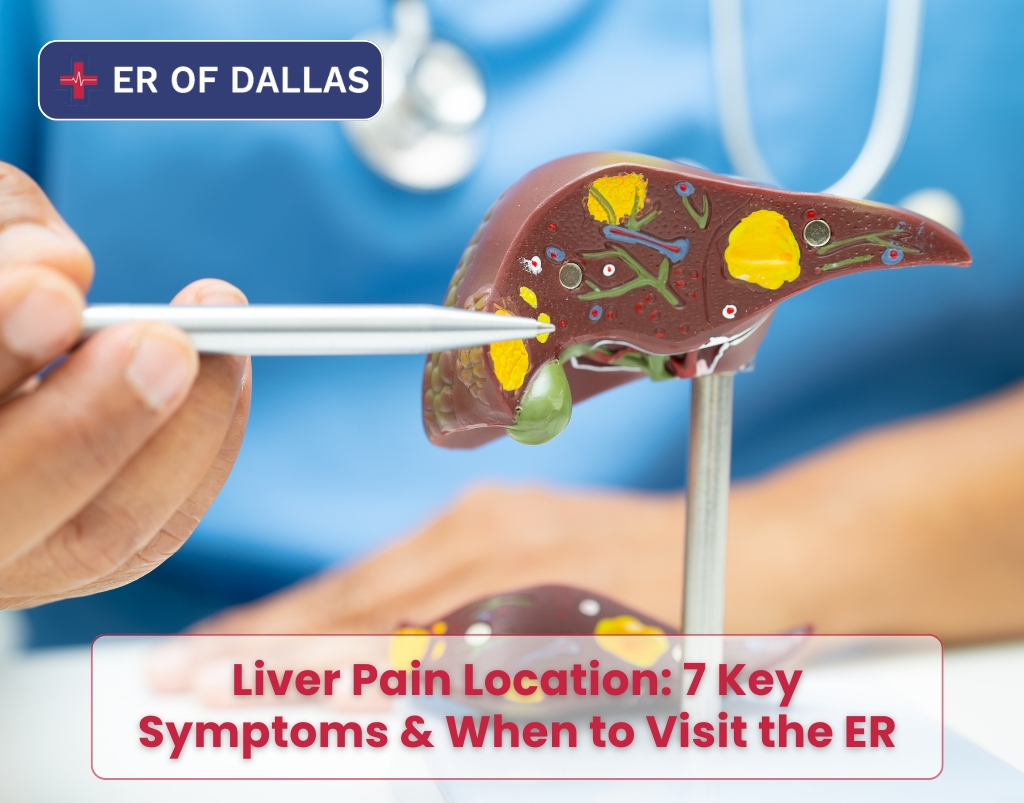In times of medical emergencies, the emergency room (ER) serves as a crucial lifeline, providing immediate medical attention to patients in need. Emergency room procedures encompass a wide range of diagnostic, therapeutic, and surgical interventions aimed at stabilizing patients and addressing acute medical conditions. This comprehensive guide will explore the various procedures performed in the emergency room, highlighting their importance in delivering swift and effective care to individuals requiring urgent medical assistance.
Understanding the Role of the Emergency Room
The emergency room plays a vital role in the healthcare system, serving as the primary point of contact for individuals experiencing medical emergencies. It operates 24/7, ensuring that medical care is readily available at all times. The ER is equipped with highly skilled healthcare professionals, including emergency physicians, nurses, and technicians, who are trained to handle a diverse range of critical situations.
Initial Assessment and Triage
Upon arrival at the emergency room, patients undergo an initial assessment and triage process to determine the urgency of their condition. This process involves the following steps:
Triage Evaluation
Triage nurses assess patients based on the severity of their condition using a standardized triage system. This evaluation helps prioritize patients based on the urgency of their medical needs, ensuring that those requiring immediate attention receive prompt care.
Vital Signs Monitoring
Patients’ vital signs, including blood pressure, heart rate, respiratory rate, and body temperature, are monitored to assess their overall condition and detect any abnormalities that require immediate attention.
Medical History and Information Gathering
Emergency room personnel gather relevant medical history, allergies, medications, and information about the nature of the current emergency to guide subsequent diagnostic and treatment procedures.
Diagnostic Procedures in the Emergency Room
To accurately diagnose the underlying cause of a patient’s symptoms or condition, the emergency room utilizes various diagnostic procedures. These procedures may include:
Laboratory Tests
Blood tests, urine tests, and other laboratory investigations are conducted to evaluate the patient’s organ function, assess for infections, determine blood type, and screen for substances or toxins in the body.
Imaging Studies
Imaging techniques such as X-rays, computed tomography (CT) scans, and ultrasounds help visualize internal structures and identify injuries, fractures, tumors, or other abnormalities that may require immediate attention.
Electrocardiogram (ECG)
An ECG is performed to evaluate the electrical activity of the heart and detect any abnormalities or signs of a heart attack or arrhythmia.
Therapeutic Procedures in the Emergency Room
Emergency room procedures also involve a range of therapeutic interventions aimed at stabilizing patients and providing immediate relief. These procedures may include:
Intravenous (IV) Fluid Administration
Intravenous fluids are administered to patients to restore hydration, correct electrolyte imbalances, and deliver medications directly into the bloodstream for immediate effect.
Medication Administration
Emergency physicians prescribe and administer medications to alleviate pain, manage acute symptoms, stabilize vital signs, and treat underlying medical conditions.
Wound Care and Suturing
In cases of injuries or lacerations, emergency room personnel clean and dress wounds, and when necessary, perform suturing or other wound closure techniques to promote healing and prevent infection.
Emergency Surgical Procedures
In critical situations that require immediate surgical intervention, emergency room procedures may involve performing emergency surgeries. These procedures may include:
Appendectomy
An appendectomy is the surgical removal of the appendix and is commonly performed in cases of appendicitis, a condition characterized by inflammation of the appendix.
Exploratory Laparotomy
Exploratory laparotomy is a surgical procedure that involves making an incision in the abdomen to visually inspect the organs and identify the cause of acute abdominal pain or internal bleeding.
Fracture Reduction and Casting
In the case of severe fractures or dislocations, emergency room physicians may perform fracture reduction procedures to realign bones and subsequently apply casts or splints to immobilize the affected area.
Conclusion
Emergency room procedures play a crucial role in providing swift and effective care to individuals experiencing medical emergencies. Through a combination of initial assessment, diagnostic procedures, therapeutic interventions, and emergency surgeries, healthcare professionals in the ER work tirelessly to stabilize patients, alleviate symptoms, and address critical medical conditions. By understanding the importance of emergency room procedures and seeking immediate care when needed, individuals can receive the timely medical attention necessary for optimal outcomes
FAQs about Emergency Room Procedures
Are emergency room procedures covered by insurance?
Emergency room procedures are typically covered by most health insurance plans. However, it is important to check the specific coverage details and any associated copayments or deductibles.
How long does it usually take to be seen in the emergency room?
The waiting time in the emergency room can vary depending on the severity of the patient’s condition and the overall patient volume. Patients with life-threatening emergencies are prioritized and seen immediately, while others may experience longer wait times.
Can I choose which hospital’s emergency room to go to?
In non-life-threatening situations, patients usually have the flexibility to choose which hospital’s emergency room they want to visit. However, in critical emergencies, it is advisable to go to the nearest emergency room for immediate care.
What should I bring to the emergency room?
It is important to bring identification documents, health insurance information, a list of current medications, and any relevant medical history or records that can assist healthcare professionals in providing appropriate care.
Are emergency room procedures only for adults?
Emergency room procedures are performed on patients of all age groups, including children and infants. The emergency room is equipped to handle pediatric emergencies and has specialized healthcare professionals trained in pediatric care.
Can I visit the emergency room for non-urgent medical concerns?
The emergency room should be reserved for urgent or life-threatening medical conditions. For non-urgent concerns, it is advisable to seek care from primary care physicians or urgent care centers to ensure the emergency room resources are available for those who need them most.











